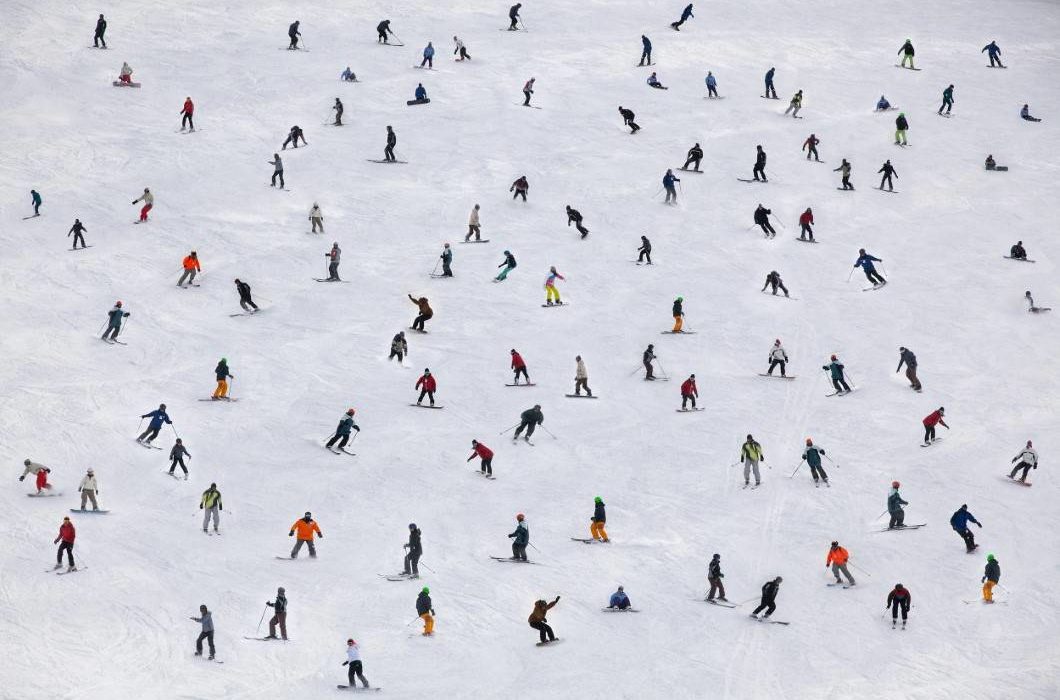
You might also like:
A dispute between the WWF and the Pitztal ski resort regarding work on its glacier in Austria raises the question of the ecological impact of winter sports on the mountain ecosystem.
Last summer, the World Wide Fund for Nature (WWF) of Austria published photos showing mechanical diggers digging on the Pitztal glacier in Austria. Experts explained that they are partly linked to a project to extend the ski area between the Pitztal glacier and the Ötztal ski area, news widely reported in media worldwide. False, responded the ski resort’s promoters in a right to reply published by Montagne Magazine. It is the annual preparatory work for the ski area.
But it is not the first time that the redesign of the ski areas has been controversial. In France in 2016, work on the Alpe d’Huez area had begun without their promoters having made an environmental impact study.
Whether it’s seasonal work to prepare the ski slopes or the development of new paths, the techniques used remain too crude for Sylvain Coutterand, glaciologist. “Using a mechanical digger to level the surface of a glacier and plug up the cracks forms an ice-air mixture within its surface, which speeds up the melting of the ice.”
The case of Pitztal is all the more worrying because of its small size and a recharge area located around 3300-3400 meters. “The recharge area, that is to say, where the snow turns into ice, is located in an area that is particularly vulnerable to global warming because there will be no more perpetual snow in this area in a few years,” adds Sylvain Coutterand. In other words, the brusque actions of man to develop winter sports resort weakens the glaciers that are already struggling with global warming. It must be remembered that melting glaciers have a direct impact on the population because they represent the second stock of freshwater after the groundwater reserves.
The environmental impact of preparing the ski paths is only one example amongst others of the consequences of winter tourism on the mountain ecosystems. It is based on this observation that the French label Flocon Vert was created in 2011 to support the development of eco-friendly ski resorts. Thirty-one essential criteria were selected by the Mountain Riders association in charge of the label on varied subjects, like the preservation of fauna and flora, transport and waste management.
One of the examples of eco-friendly projects is one of the associations of local authorities in the Vallée de Chamonix Mont-Blanc which limited the total area of sites using artificial snow to 11%. A notable effort since it is known that this process, which consumes considerable amounts of water, is increasingly used to cope with the decrease in snow cover and to attract winter sports enthusiasts.
Source: tourism-review.com
